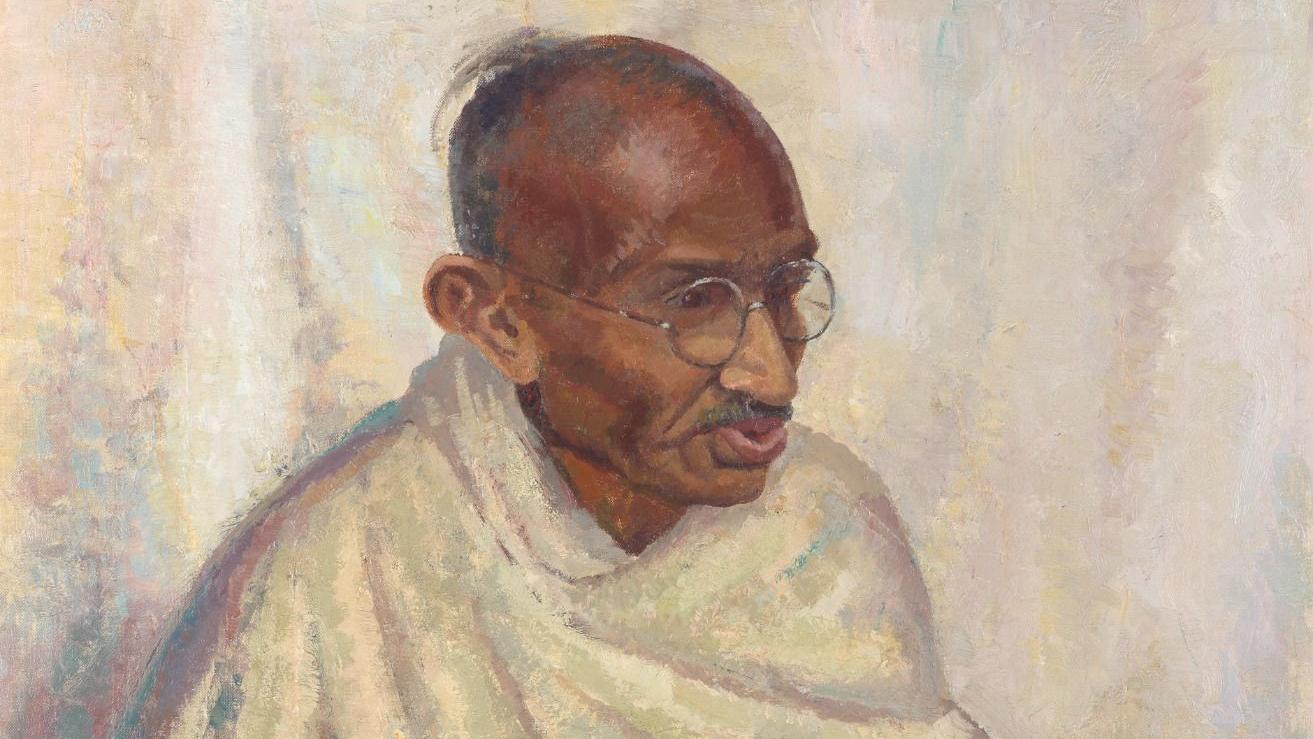Moon gets a 'makeover' every 81,000 years
Thu 13 Oct 2016, 13:14:08

The Moon gets a 'makeover' every 81,000 years - more than a hundred times faster than previously thought - as the bombardment by comets and asteroids alter its surface over time, according to a new study that used data from NASA's lunar orbiting probe.
Random bombardment by comets, asteroids and associated fragments form and alter the lunar surface and other rocky surfaces. The accumulation of impact craters over time is of fundamental use in evaluating the relative ages of geologic units, researchers said.
Crater counts and radiometric ages from returned samples help derive age estimates for unsampled units on the Moon and other Solar System objects.
However, although studies of existing craters and returned samples offer insight into the process of crater formation and the past cratering rate, questions still remain about the present rate of crater production and the effect that space debris have on the surface of a cosmic body.Researchers at the Arizona State University and Cornell University in the US
analysed 'before and after' image pairs taken by NASA's Lunar Reconnaissance Orbiter Camera (LROC).
analysed 'before and after' image pairs taken by NASA's Lunar Reconnaissance Orbiter Camera (LROC).
They quantified the contemporary rate of crater production on the Moon, to unveil previously unknown details of impact-induced jetting, and to identify a secondary impact process that is rapidly churning the regolith - the layer of unconsolidated solid material covering the lunar bedrock.
Researchers detected 222 new impact craters and found 33 per cent more craters (with diameters of at least ten metres) than predicted by earlier models. "We identified broad reflectance zones associated with the new craters that we interpret as evidence of a surface-bound jetting process," researchers said.
"We also observe a secondary cratering process that we estimate churns the top two centimetres of regolith on a timescale of 81,000 years - more than a hundred times faster than previous models estimated from meteoritic impacts (ten million years)," they said.
The study was published in the journal Nature.
No Comments For This Post, Be first to write a Comment.
Most viewed from Specials
Most viewed from World
AIMIM News
Latest Urdu News
Most Viewed
May 26, 2020
Where should be the burial of the pilgrims martyred in the Saudi Arabia bus accident?
Latest Videos View All
Like Us
Home
About Us
Advertise With Us
All Polls
Epaper Archives
Privacy Policy
Contact Us
Download Etemaad App
© 2025 Etemaad Daily News, All Rights Reserved.





































.jpg)
.jpg)
.jpg)


